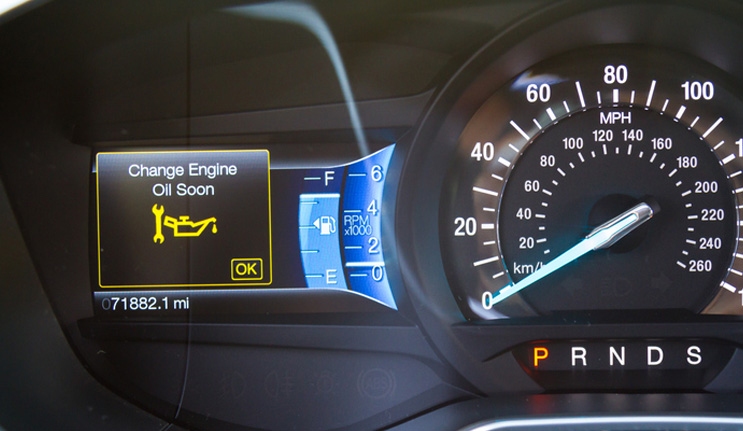We all know by now that car maintenance is a hassle, headache and huge cost. I personally put off car repairs and oil changes until the very last minute, something that I’ve been told is detrimental and dangerous. And I am not alone in this. The American Automobile Association (AAA) has reported that millions of drivers end up paying high repair costs every year due to skipping maintenance appointments.
Maintenance is not only crucial to help maintain your car’s longevity and functionality, it is needed to guarantee that your car is running the way that it is supposed to. Missing maintenance appointments can cause your car to stall, breakdown and much more. These events can lead to car accidents and severe injuries.
While maintenance in general is important, not every maintenance task is created equal. There are definitely tasks that can be put off until a later time, including those that oil change shops and service centers pitch to encourage drivers to spend unnecessarily large amounts of money.
Since most Americans don’t know which maintenance issues are the most important, we’ve put together a list of the ones you shouldn’t put off.
1: Tire Check Ups
There are two things that you should get checked regarding your tires every year. Have a mechanic rotate your tires and measure each tire’s air pressure. Not rotating your tires can result in uneven wear. Get your tires checked and rotated every 5,000 miles or so to prevent this from happening. When you purchase tires, many of them come with a warranty. However, if you allow your tires to wear unevenly, you may risk voiding the warranty.
If your tires are not inflated to the correct pressure, it can lead to accelerated tread wear, affect vehicle handling and burn more fuel. You can locate the manufacturer’s recommended tire pressure for your car on the driver’s side door frame or in the owner’s manual. The pressure that is listed is for cold tires (i.e., tires haven’t been driven on in the past two hours), so be sure to check the air pressure in your tires before you drive for an extended period of time. Keep your tires in good shape to stay safe on the road and save money in the bank.
2: Brake Pads
Not monitoring your brake pads and changing them when they are severely warn could result in a car wreck and potentially life-threatening injuries. Get them inspected every 60,000 miles to be safe. If you hear your car making screeching noise when you try to break, you should immediately take your vehicle to a maintenance and repair center. Your brake pads have the ability to affect various components of the braking system. Get them checked regularly to keep your entire braking system in good working order.
3: Monitor Your Fluid Levels
In addition to the routine oil change, your car needs other types of fluids to work properly. Here are the fluids you should monitor closely:
- Brake Fluid: Brake fluid is a lubricant for all of the moving parts in your car’s braking system and prevents corrosion. It also helps transfer the force that the driver applies to the brake pedal directly to the wheel. Not having an adequate amount of brake fluid could not only compromise your ability to safely stop your car, but it might also impact how well the car runs.
- Coolant & power steering fluid: These two fluids affect your car’s air conditioning and its ability to steer. You can easily check these fluids by inspecting the reservoir. If you see that they are low, simply add more fluid. However, check your coolant’s quality prior to doing so.
- Transmission Fluid: Transmission fluid helps lubricate various parts of the transmission. Changing it on a regular basis will guarantee that your transmission works the way it was meant to—enabling it to last longer.
About the Author
 Amanda Lin is a content writer from Daly City, CA. She loves to write about safety, music, family, self-growth, and more. She is currently working with Safer-America to help shine a light on safety issues that affect consumers on a daily basis.
Amanda Lin is a content writer from Daly City, CA. She loves to write about safety, music, family, self-growth, and more. She is currently working with Safer-America to help shine a light on safety issues that affect consumers on a daily basis.
Protect your employees with these training courses on driving safety:
Changing Lanes – Small Vehicles
Failure to Yield – Large Vehicles









